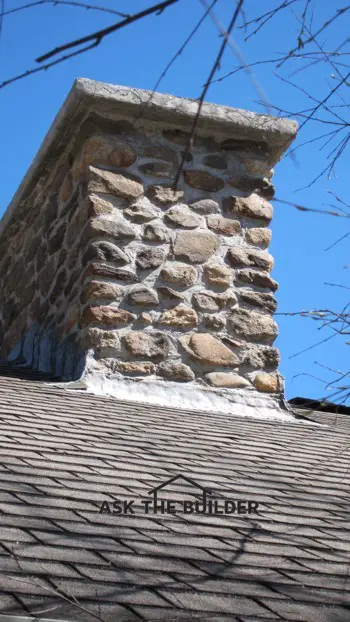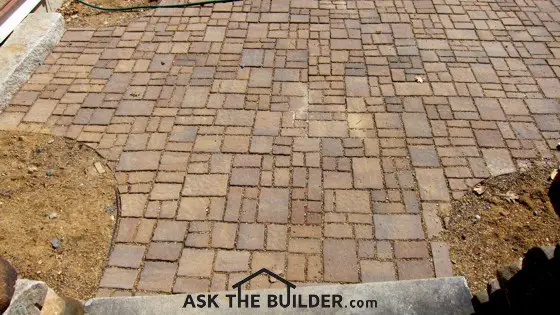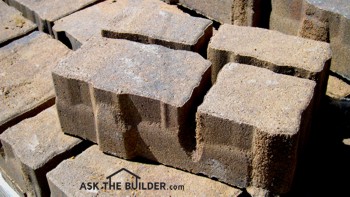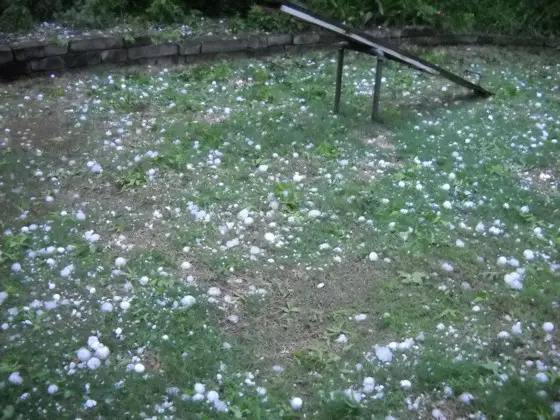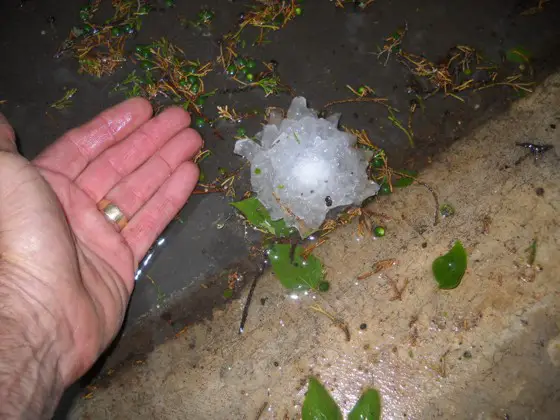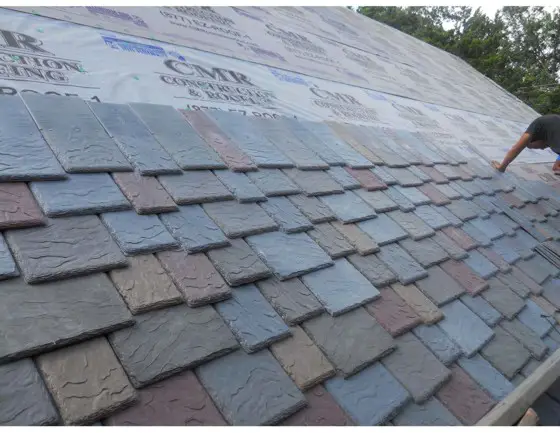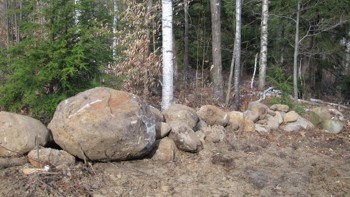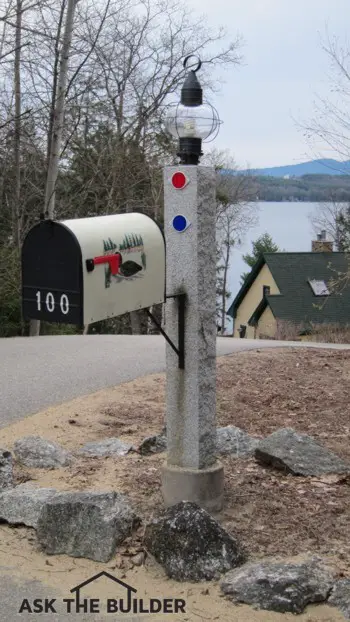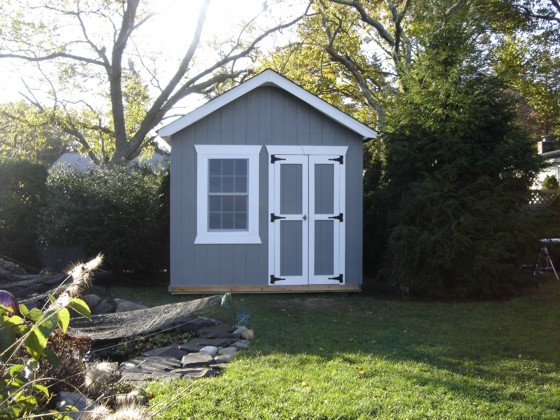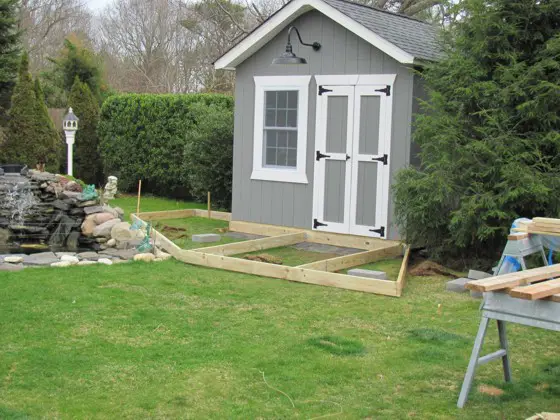DEAR TIM: My chimney needs some tender loving care. I had a few contractors come to assess the repairs, but none of them made me feel very comfortable. They all talked about how my chimney top, some called it a crown, was in bad shape. What they disagreed on was the method to repair it. Each contractor has a different solution. If you were going to repair or rebuild the top of your chimney, what would you do? Wanda M., Gig Harbor, WA
DEAR WANDA: I sympathize with you. The reason you're getting back all the different types of quotes for the work is because you let each contractor drive the bus. If you want really great quotes, you have to provide the contractors with exactly what you want done. The trouble is you don't know what you don't know.
The crown or top of your chimney is one of the most important elements of the chimney. The best analogy I can offer is to compare it to the roof of your home. Your roof is designed to keep the inside of your house dry. The top or crown of a chimney is supposed to keep the chimney dry.
Water that seeps into a chimney can cause all sorts of damage, especially if the chimney is exposed to cold weather. The water that soaks into the masonry can and does freeze. Water expands as it freezes, and this pressure works to break the bonds of all the mortar used to construct the chimney.
Many bricklayers build chimney crowns the wrong way. I've seen hundreds of chimney tops that are just made from the same mortar used to lay the brick or stone. In almost every cases I've seen no overhang, no reinforcing steel in the top and no flashing under the crown. It's very rare when you come across a chimney crown built the right way.
For starters, a chimney crown needs an overhang. Most roofs on houses overhang the outside wall. The reason for this is to minimize water flowing down the sides of the house. You don't want water flowing off the top of the chimney down the sides of the chimney. Granted, chimneys, by their very nature, are much more exposed to wind-blown rain than a house. But you might as well minimize the water if possible.
The chimney crown should be made using real concrete, not the mortar mix used for the brick or stone. The mortar mix rarely has any stones in it. The stones in concrete are what really give it its strength.
If the chimney has clay flue liners, the crown or top concrete material should never touch the flue liners. The flue liners get hot from the wood fires, furnaces, boilers, water heaters, etc. below, and they expand. This expansion can crack the top or crown.
The contractor needs to wrap the flue liners in thin foam about three-eighths of an inch thick to isolate the flue liners from the concrete mix. Once the crown is hard, they cut away some of the foam and caulk the gap with special masonry caulk.
Reinforcing steel or mesh needs to be placed in the concrete mix to help prevent large cracks from forming. The top of the crown needs to be sloped so it sheds water.
A groove needs to be made in the underside of the crown overhang all the way around the crown. This groove is a drip edge that stops water from rolling down the sides of the chimney. It should be at least one-quarter inch wide and at least three-eighths inch deep.
Last but not least a flashing should be placed on top of all the brick masonry that separates the chimney top or crown from the masonry used to build the chimney. This flashing is the last line of defense should water make it through the chimney crown.
The flashing can be made from asphaltic-rubberized membranes or metal that is soldered to make one solid piece. The flashing should extend past the face of the chimney on all four sides and be turned down at a 45-degree angle so water that runs off drips out past the face of the chimney.
The concrete used to make the chimney crown or top needs to be cured properly to gain maximum strength. This means it should be covered tightly with plastic for three or four days after it's poured. The mason can also spray on a clear curing compound should he not want to put on the plastic.
Once all the work is complete, it's a great idea to apply a silane-siloxane clear penetrating water repellent on the sides of the chimney as well as the chimney crown. This sealant will really help keep wind-driven rain from getting into the chimney.
You can watch an informative video that shows how to find a professional to repair a chimney at www.AsktheBuilder.com. Just type "chimney repair checklist" into the AsktheBuilder.com search engine.
Column 932
